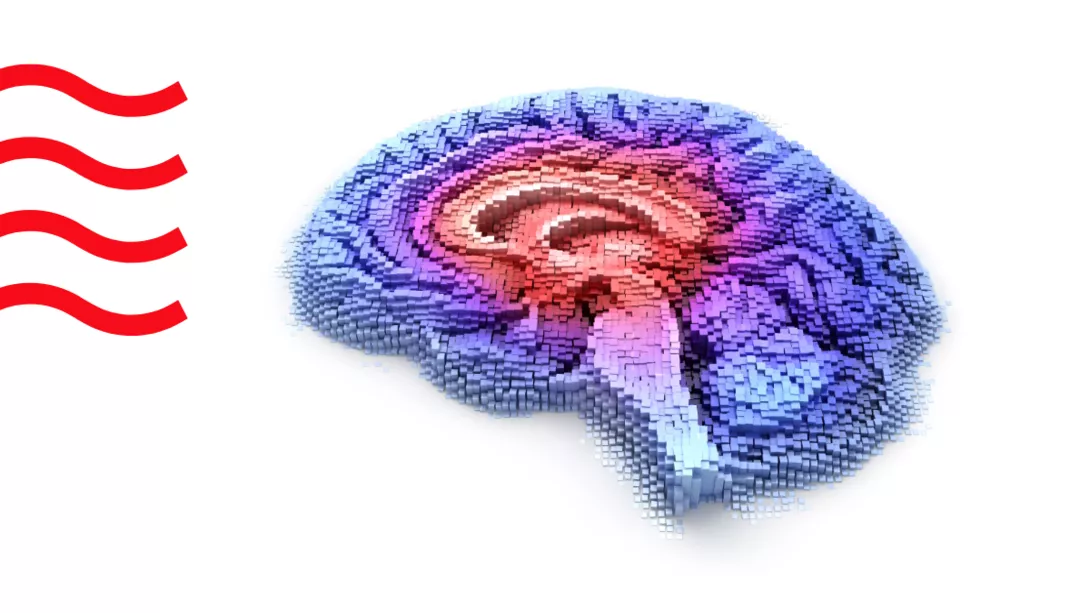The rise of AI in advertising: Transforming the marketing landscape
AI is revolutionising advertising with personalised, data-driven strategies. Marketers can leverage AI for enhanced data analysis, programmatic advertising, and chatbots. Embracing AI is essential for businesses to thrive in the competitive marketing landscape.
Inspiration

In recent years, a disruptive force has emerged and is reshaping the advertising landscape - Artificial Intelligence (AI). This powerful technology is revolutionising the way marketers approach advertising campaigns, enabling them to deliver personalized, data-driven, and highly targeted messages to consumers. In this blog, we’ll explore ways that AI is being used in advertising and the impact it has on the industry.
A recent Harvard Business Review article1 claimed “out of all the functions within a company, marketing stands out as the one that can potentially reap the most benefits from artificial intelligence”. The core marketing role - understanding customer requirements, matching these needs with appropriate products and services, and influencing individuals to act, whether buy, donate, respond or attend – all are significantly magnified by AI. With so many opportunities, where should marketers look to include the opportunities of AI and what should they watch out for?
Enhanced Data Analysis opportunities and things to lookout for
AI-driven algorithms can sift through vast amounts of data collected from various sources, including social media, online behaviour, and customer interactions. By analysing this data, marketers can gain valuable insights into consumer preferences, behaviours, and interests. This data-driven approach helps advertisers understand their target audience better and create more personalised, relevant advertisements, with the aim of converting leads into customers.
However, it should be noted that the previous paragraph was written by generative AI tool, Chat GPT, and contains something that is called “machine bias”. Content marketing expert Rob Glover explains “Sometimes machine learning algorithms give results that are unfairly in favour or against someone or something. It’s called machine learning bias, or AI bias, and it’s a pervasive problem with even the most advanced deep neural networks.”
With great opportunity comes responsibility. AI is delivering powerful insights, but it will always need a knowledgeable human overview to ensure it hasn’t missed something or given too much credence to something minor. The rest of this article will explore Where AI’s strengths lie and how to deliver its real value.
Programmatic advertising
Programmatic advertising is one of the most significant advancements facilitated by AI. With programmatic advertising, AI algorithms automate the process of buying and selling ad space in real- time by targeting the right audience at the right time. This efficient, automated approach can streamline the ad buying process, reduce costs, and maximise ad performance. Advertisers can to set parameters for campaigns, and AI systems ensure that ads are delivered to the most relevant users, optimising conversions and Return on Investment (ROI) or Return on Ad Spend (ROAS).
Creating personalised content and recommendations
AI enables advertisers to deliver highly personalised content, creating a more engaging experience. By analysing consumer behaviour and historical data, AI technology can recommend products and services that align with consumers’ interests and preferences. This level of personalisation not only boosts customer satisfaction but also increases the likelihood of building relationships and purchase.
The rise of chatbots and virtual assistants
AI-powered chatbots and virtual assistants are transforming customer interactions, and relationships with brands. Chatbots can provide instant responses to customer queries, guiding them through the sales funnel and offer personalised recommendations. These virtual assistants improve customer engagement and serve as a cost-effective solution for businesses to provide 24/7 CRM support.
Getting closer to consumers
Natural Language Processing (NLP) is a subset of AI that allows machines to understand and interpret human language. Advertisers leverage NLP to gain insights from customer feedback, social media comments, and reviews. Sentiment analysis helps advertisers gauge public opinion about their brand or products, enabling them to fine-tune their marketing strategies and address potential issues promptly. AI’s image and video recognition capabilities have opened new avenues for advertising. By analysing user-generated content, including images and videos, advertisers can understand how customers interact with their brand visually. This insight helps in crafting more visually appealing and relevant ad campaigns.
AI-powered predictive analytics empowers advertisers to forecast customer behaviour, identify trends, and anticipate market demands. With this foresight, marketers can align their strategies to meet customer needs proactively, stay ahead of their competitors, and make data-driven decisions.
What AI means for direct mail and door to door (door drop or leaflet) advertising
AI is expected to have a significant impact on Direct Mail and Door-to-Door. Mail may be seen by many as traditional media but that won’t stop the integration of the most modern AI technology enhancing effectiveness and efficiency in reaching and engaging target audiences.
Personalisation: AI’s ability to analyse vast amounts of data about individual recipients, including their preferences, behaviours, and demographics can lead to highly personalized direct mail pieces that are more relevant to each recipient's interests, increasing the chances of a positive response. AI can deliver unique insight in:
Targeting and segmentation: AI can help identify the most promising target audience segments for specific products or services. By analysing customer data, AI algorithms can identify patterns and segment the audience based on common characteristics, allowing advertisers to send tailored messages to different groups, maximising the impact of their advertising mail.
Content optimisation: AI-driven content analysis can determine which elements of a direct mail piece resonate most with recipients. This insight can be used to optimise design, copy, and call-to- action to increase engagement and conversion rates.
Timing and delivery optimisation: AI can analyse historical response data and external factors to determine the best time to send advertising mail to each recipient. By optimising the timing and delivery of mail, advertisers can increase the likelihood of messages being opened and read.
Cost efficiency: AI can help manage costs associated with advertising mail campaigns. By optimising targeting and segmentation, businesses can ensure they send mail to only their highest opportunity audiences, leading to cost savings in printing, postage, and distribution while maximising revenue by focusing on best customers.
Integration with digital marketing: AI can bridge the gap between physical and digital marketing efforts. By analysing online behaviour and interactions, AI can ensure mail supports overt digital retargeting strategies to reinforce the offline to online journey and drive conversions.
Overall, AI is poised to supercharge advertising mail, which has always been a powerful 121 channel, with its personal, data-driven, powers. By leveraging AI technologies, businesses can improve targeting, increase engagement, and achieve higher conversion rates, making advertising mail an even more valuable marketing channel in the digital age.

AI is undoubtedly transforming the industry. It can offer marketers a wealth of tools to create more personalised effective campaigns. The opportunity is vast for AI to transform and build success across marketing departments and all media channels. From data analysis to programmatic advertising, personalised content, chatbots, NLP, and predictive analytics, AI's capabilities have streamlined the marketing process, increased efficiency, and improved customer engagement. As AI technology continues to advance, we can expect even more innovative applications in advertising, enabling businesses to forge deeper connections with their target audience and achieve greater success in an ever-evolving digital landscape. Embracing AI in advertising is no longer a choice but a necessity for businesses seeking to thrive in the competitive marketplace.
Further reading
Harvard Business Review article
About the author:
Patrick Malone is a Senior Media Planner at Marketreach, he works on projects promoting the use of mail in the advertising channel mix, and champions mail within the media industry. He has over 11 years experience in media, and has worked on leading brands both agency and client side.


